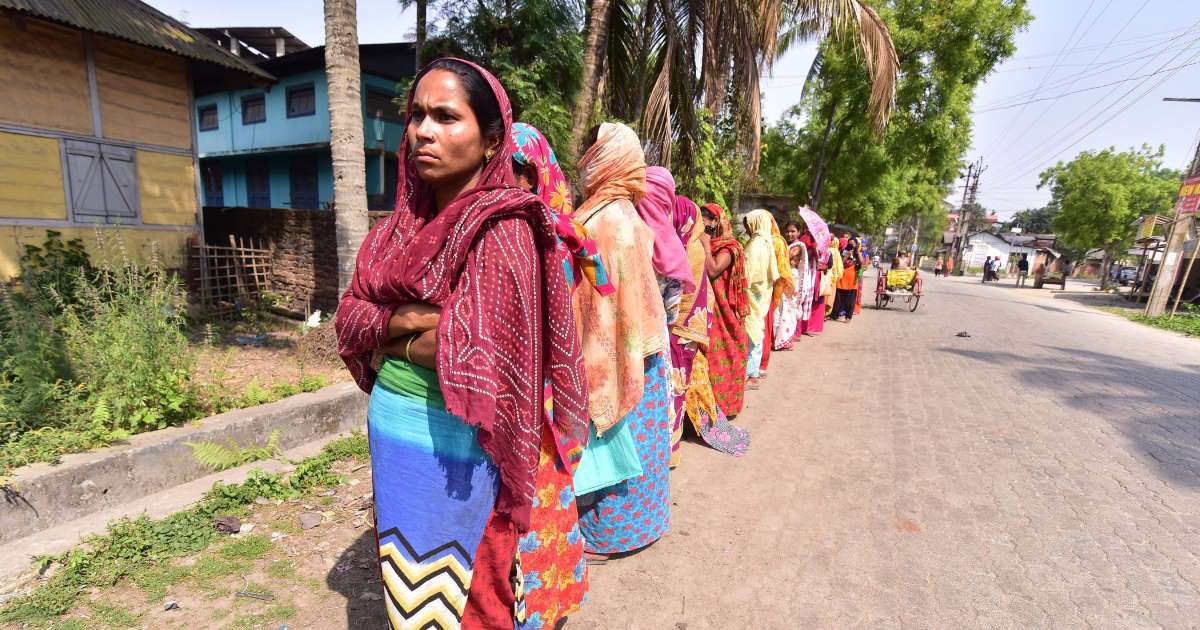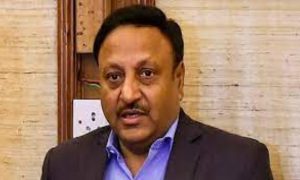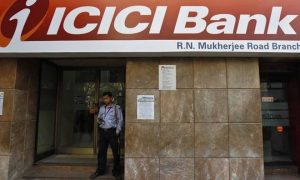Two of the lockdown weeks are over and there is little over one more to go. As cases of infection and areas impacted expand, the questions on over a billion Indian minds are — will the Modi government lift the lockdown or will it find a staggered exit? And, will the government address the economic distress it has caused?
Will lockdown end on April 14:
The indication from the government is that post-April 14, there is going to be no blanket lifting of the lockdown. The discussion agendas on the table are all built around a staggered exit with a timeline that is yet to be drawn.
A senior minister in the government speaking to India Today TV indicated that the government is looking at the idea of a “rational lockdown” which involves a micro-managed staggered exit formula.
How will govt stop economy from hemorrhaging
The government assessment is that the lockdown has proved to be an effective instrument in the battle against the virus. But it is hurting the public and the economy.
A senior bureaucrat in the finance ministry said that a back of the envelope calculation shows that India’s daily GDP is roughly $8 billion. “A 30-day lockdown can approximately lead to a loss of little over $250 billion. If the lockdown is eased and lifted soon, the economy can recover some lost ground in Financial Year 2020-21. A long lockdown will push things beyond recovery,” he said.
What are states thinking
Given the threat posed by the pandemic, the central government is in no mood to take a unilateral decision. That’s why in his videoconference meet with CMs, Prime Minister Narendra Modi went for the consensus route. He asked states to submit suggestions for a staggered exit.
This feedback will be slow to arrive as the situation is changing with each passing day. As more areas report positive cases the states would like to make a decision closer to the lockdown end date. State governments are expected to send their reports by the end of this week and prime minister may hold another round of discussions with all chief ministers.
Most chief ministers are working on state-specific windows of easing the lockdown to make space for important annual exercise like the harvesting of crops. Already states like Punjab, Haryana and Uttar Pradesh have announced some relaxation for labourers involved in harvesting wheat and other crops.
The states are incurring a large financial burden due to the social welfare schemes they have started to mitigate the hardships faced by daily wagers and poor. The states can’t sustain that kind of expense for a long time. A long drawn lockdown will increase the pressure on the Centre as states will up their demands for special aid.
The exit plan
The prime minister has set up 11 empowered committees to generate feedback and assessment at the central level. A crucial meeting of the empowered group headed by the home secretary met on Monday evening to discuss the exit routes and plans. The committee had officials from the railways, civil aviation, pharmaceutical, commerce and health department officials, and trade and business bodies representatives.
The committee discussed a three-pronged strategy to exit the lockdown. Proposals included containment of hotspot clusters as the government considered opening markets in less-affected zones. The committee also discussed to boots Covid-19 medical support across India on a war-footing.
The government does not want to push for a quick exit fearing it may end the high degree of social distancing achieved during the lockdown. That’s why it wants the government and private sector to come together to find a way out.
The government is looking at the possibility of phased and region-specific exit out of the lockdown. The areas which have reported cases, especially where the numbers are high, may stay under lockdown. Two sources have said that the areas where there are no cases to date or are closer to the end of lockdown may become focus areas for easing restrictions.
Zonal lockdown
Some states are actively said to be identifying such areas and are considering keeping these areas under provisions on line section 144 of Crpc to ensure social distancing or no crowding. Section 144 allows all normal activities except the gathering of four or more persons in one place.
The freight challenge
The biggest challenge faced is — what next for the surface, air and water transport. States are still not in favour of interstate movement which rules out the movement of buses, etc. Though railways is a central entity, trains cannot be operated until the states give their consent.
Indian Railways has already created a working formula to ensure that freight, which includes an uninterrupted supply of essentials like sugar, salt and edible oil for the consumption of the common man during the nationwide lockdown due to Covid-19. The loading, transportation and unloading of these essential commodities have been in progress in full swing during this period.
During the last 13 days, from March 23 to April 4, Railways loaded and carried 1342 wagons of sugar, 958 wagons of salt and 378 wagons/tanks of edible oil (one wagon contains 58-60 ton consignment).
Private transport may stay under curbs as the state governments and Centre fear it may trigger a sharp rise in the movement of people.
Airports and flights have emerged as high transmission zones. But a decision on opening domestic commercial flights would be a tough nut to crack. The government-owned Air India has already stopped taking bookings till April 30 but private airlines are said to be waiting for the government’s signal.
Employee movement
The central government is already in the throes of rostering its employees from the week after the lockdown period ends. This too indicates that a complete lifting of lockdown may not be imminent.
The government’s biggest worry is the large industrial units run by private corporate houses. Their operations, directly and indirectly, employ crores of people. Plus the lockdown is hurting their balance sheets, which will destroy their financial sustainability. Eyeing the future prospects of the economy, today in the cabinet meeting, the prime minister asked all ministries to prepare a business continuity plan to fight the economic impact of Covid-19.
The government is also focusing on implementing the measures announced to provide relief to the poor and the disadvantaged sections of the population.
Social welfare
Duration of restrictions will also depend on the efficacy of the schemes. That’s why Prime Minister Narendra Modi, during the cabinet meet today, urged the relevant ministries to continuously monitor and ensure that benefits of Garib Kalyan Yojana keep reaching intended beneficiaries in a seamless manner. He said that ministers should remain in touch with state and district administration, provide solutions to emergent problems and formulate district level micro plans.





































